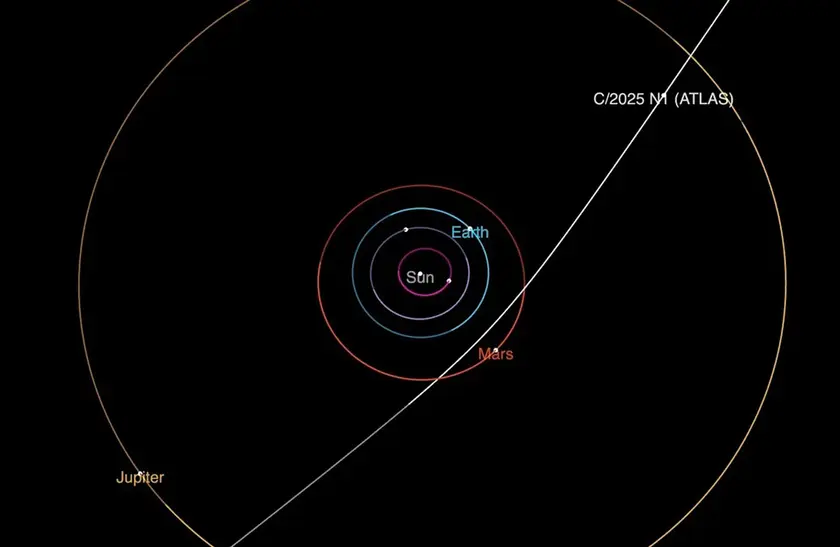T4K3.news
Interstellar visitor and warming seas in science photos
Sharp Hubble image of a distant comet and new marine life headline this week
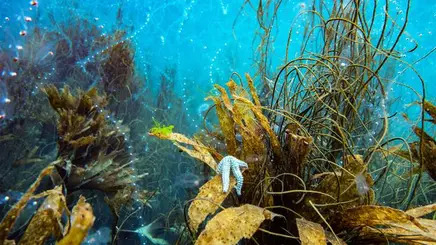
A week of striking science images, from a sharp Hubble photo of an interstellar comet to warmer UK seas bringing new marine life.
Interstellar visitor and warming seas redefine science photos this week
This week brings two striking images from science. In space, NASA's Hubble Space Telescope captured the sharpest image yet of an interstellar visitor, the comet 3I/Atlas, racing through the galaxy at about 130,000 miles per hour. In Earth's oceans, Britain reports its warmest start to the year on record, with average sea temperatures more than 0.2C higher than any year since 1980. The warming has coincided with sightings of bluefin tuna in UK waters and the appearance of salps, transparent gelatinous animals rarely seen in these parts.
On the science side, the image work highlighting 3I/Atlas shows how quickly space data can travel from telescope to public attention. The interstellar visitor is only the third known case of its kind, and researchers say its velocity makes it the fastest interstellar object observed to date. The mix of space and marine imagery this week underscores how photographs can turn distant phenomena into a shared topic for readers.
Key Takeaways
"No one knows where the comet came from. It's like glimpsing a rifle bullet for a thousandth of a second."
David Jewitt on the interstellar visitor 3I/Atlas
Two stories in one week highlight a simple truth about science communication: images matter. A distant comet, moving at extraordinary speed, becomes tangible when captured in high resolution and shared widely. At the same time, warm seas bring visible changes close to home, reminding us that climate trends are not abstract numbers but living shifts in ecosystems. The pairing invites readers to consider how data, lenses, and captions translate complex ideas into everyday understanding.
This kind of week also raises questions about interpretation. Photographs are powerful but can oversimplify. Scientists must balance accessibility with accuracy, and outlets must provide context so audiences don’t mistake a striking image for a complete story. The result can either spark curiosity or mislead if not paired with clear explanation.
Highlights
- The universe keeps sending its postcards to curious minds
- Science photography makes the distant feel within reach
- Speed marks the edge of our knowledge
- New neighbors emerge when climate and curiosity collide
No immediate risk identified
The piece focuses on scientific imagery and natural phenomena with no political or financial sensitivities.
Curiosity keeps pushing us to look up and look closer.
Enjoyed this? Let your friends know!
Related News
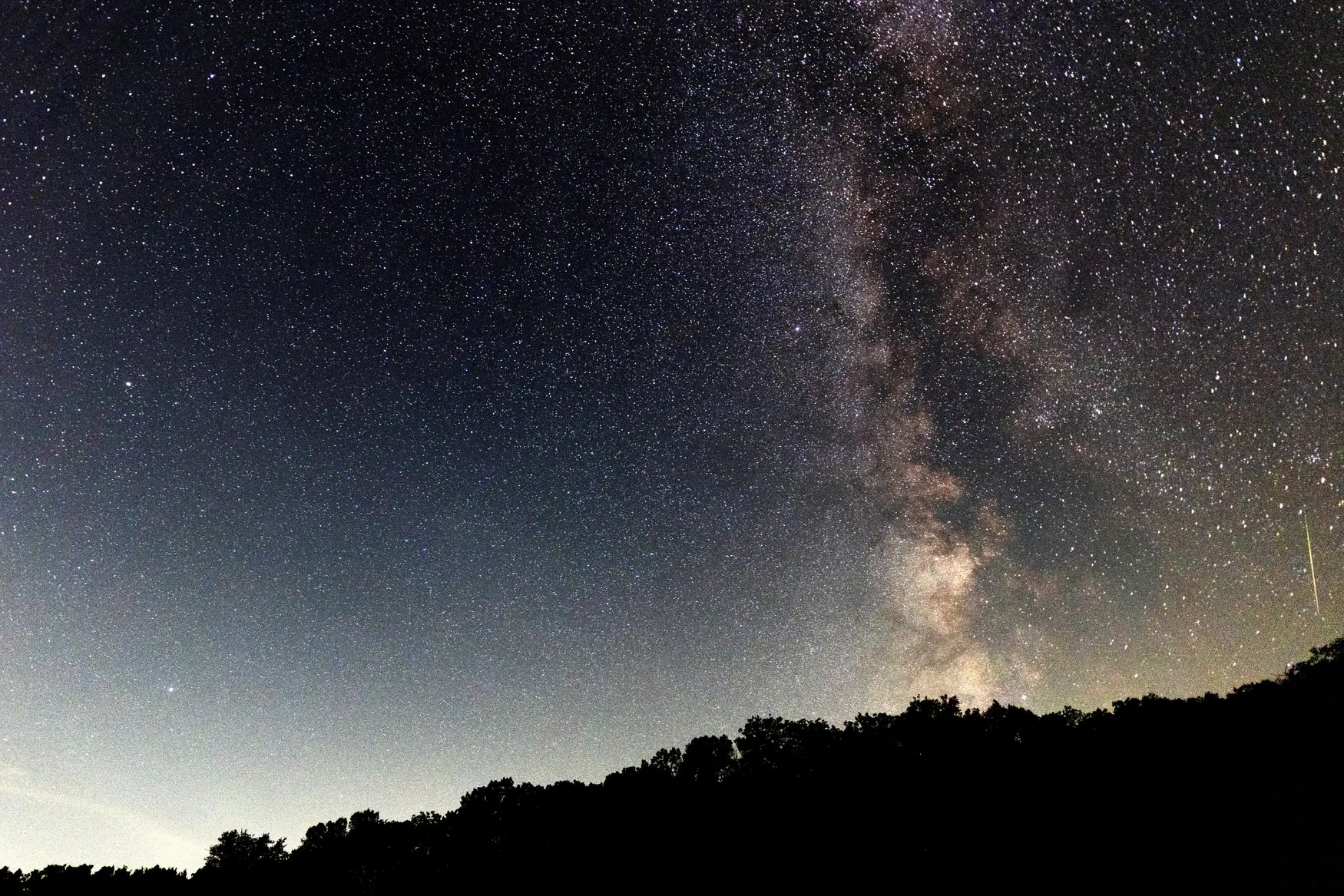
Perseid Shower Peaks Tonight
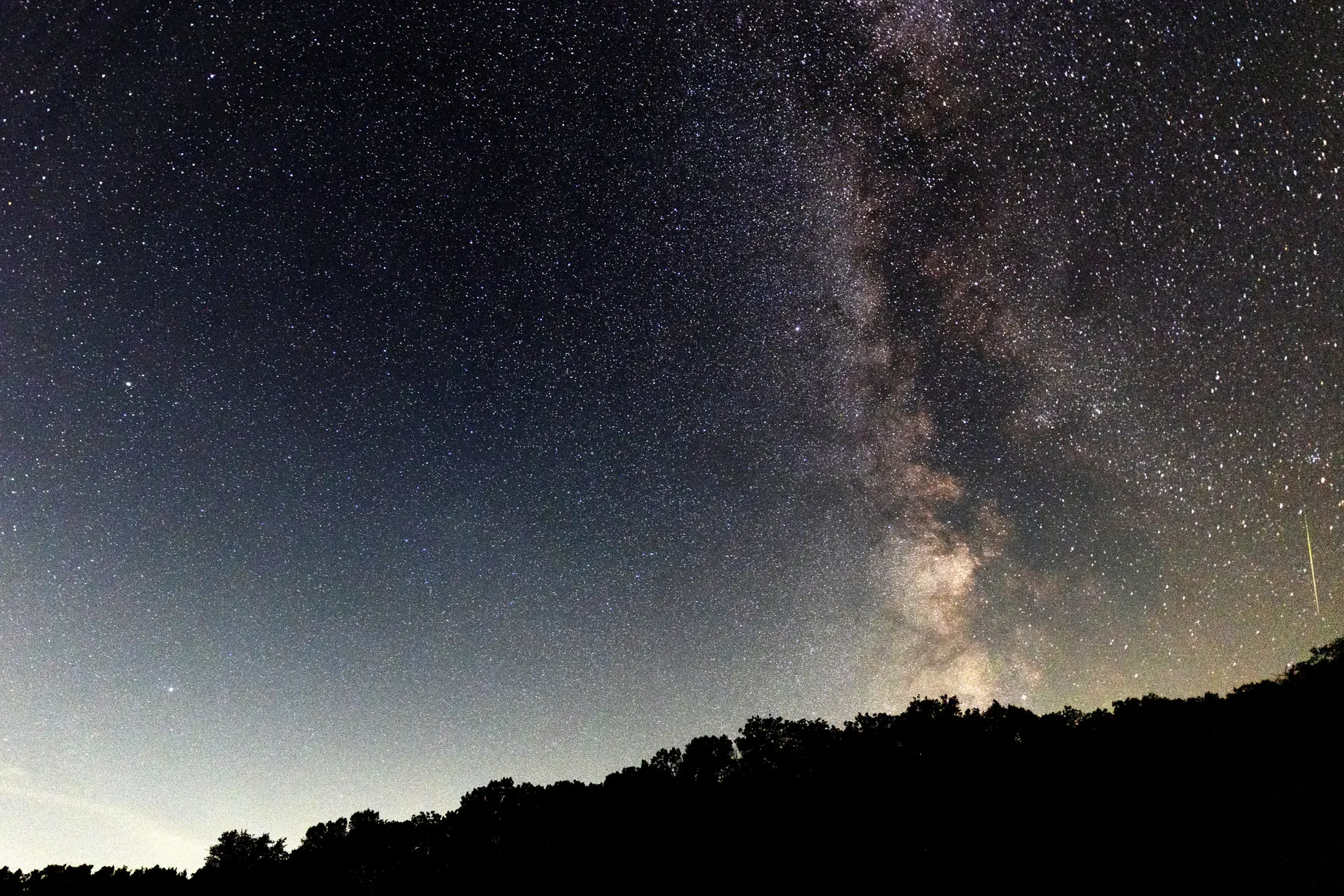
Perseids Peak With Live Viewing
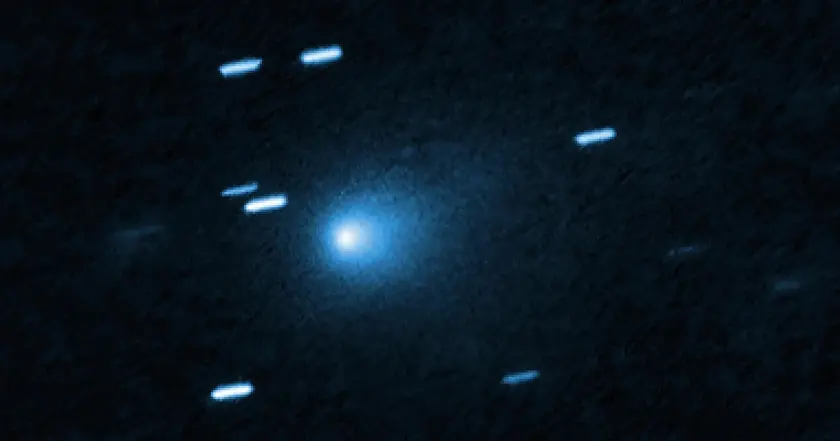
Hubble captures interstellar comet Atlas
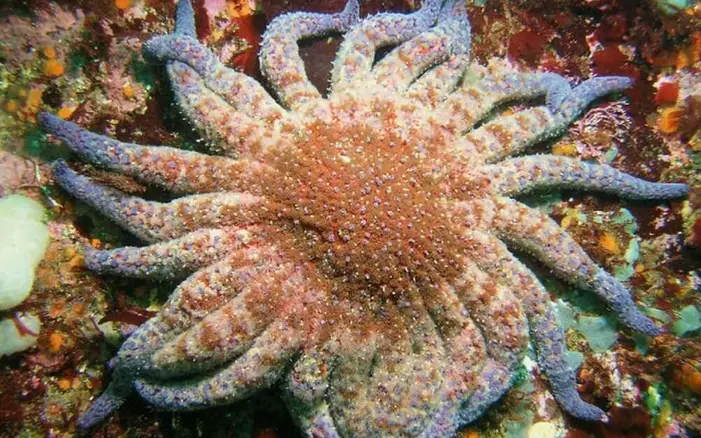
Sea stars disease identified
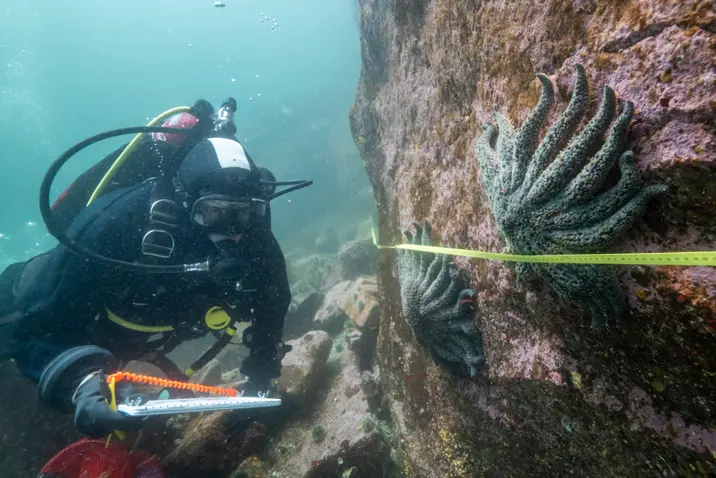
Scientists identify cause of starfish mass die-off

New findings on Karakoram glaciers stun climate scientists
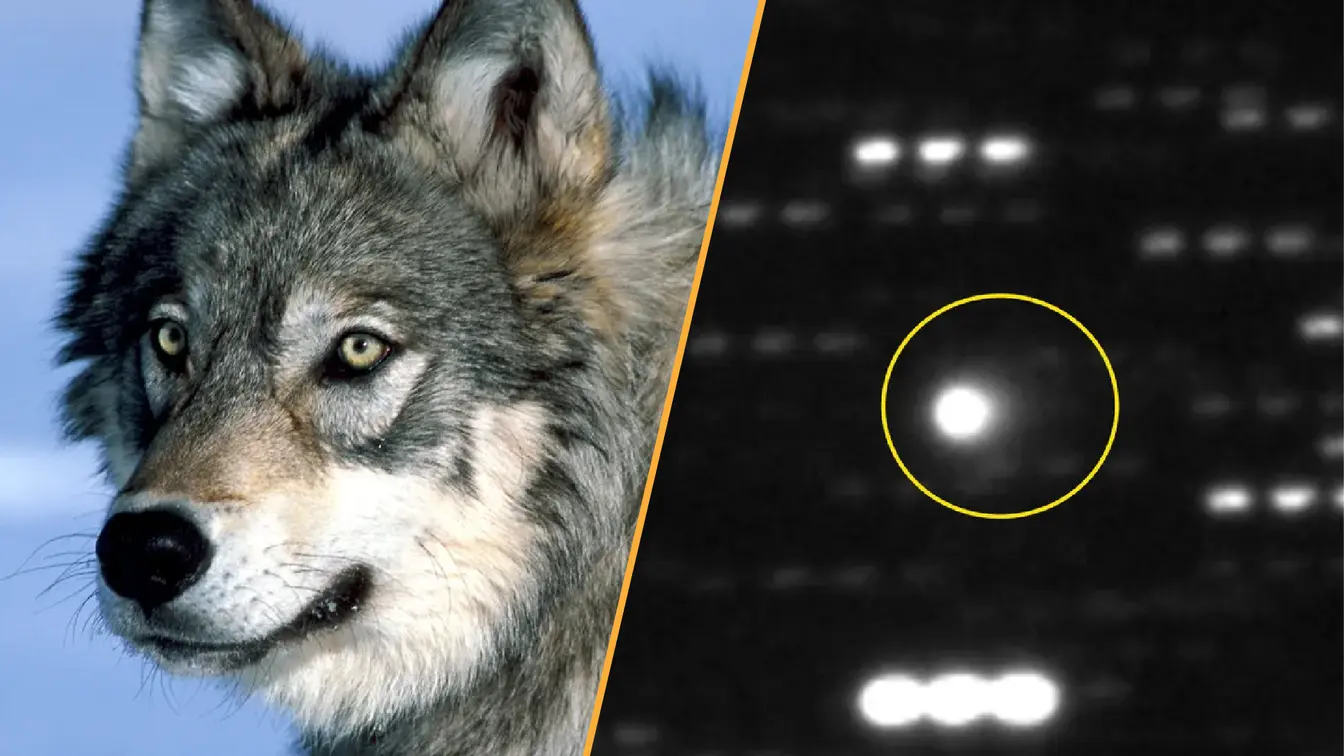
Wolves Revive Yellowstone Forests

UK confirms first southern small white sightings
